What Is an Anxiety Disorder? A Comprehensive Guide to Types, Symptoms, and Causes 😳
What is an anxiety disorder, and how is it different from everyday stress? This guide explores the types, symptoms, causes, and treatments of anxiety disorders—offering clarity, science-backed tools, and support for anyone navigating the complexities of anxiety and mental health.
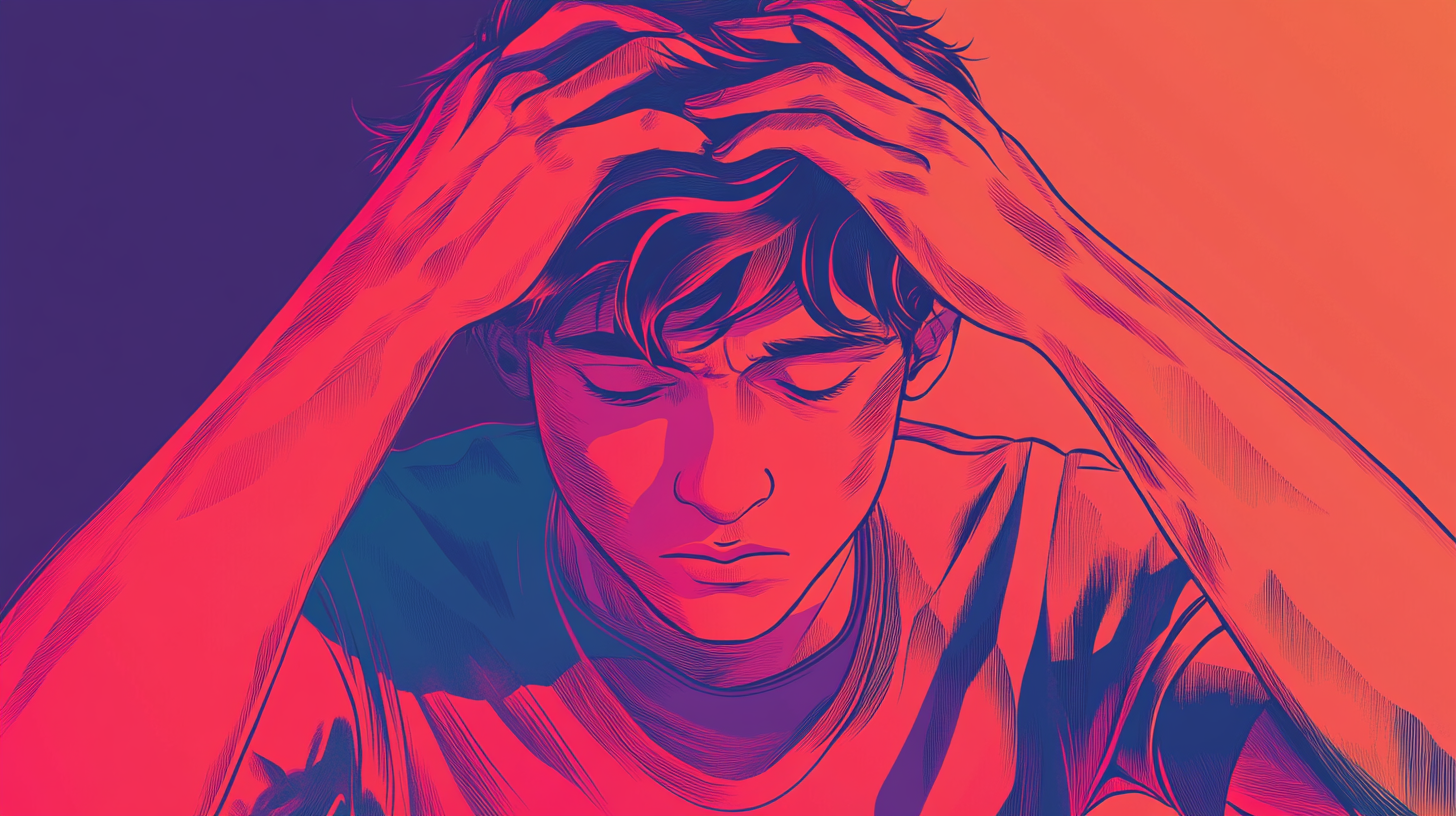
Anxiety is a feeling we all know intimately. It stirs in your gut before a job interview, tightens your chest when the phone rings unexpectedly, whispers irrational fears when the world feels uncertain. It is, in many ways, an evolutionary asset — a hypervigilant friend that wants to keep you safe.
But what happens when that friend refuses to leave? When the warning bells keep ringing long after the danger has passed? That’s when anxiety stops being a signal, and starts becoming a disorder.
Anxiety vs. an Anxiety Disorder 🤔
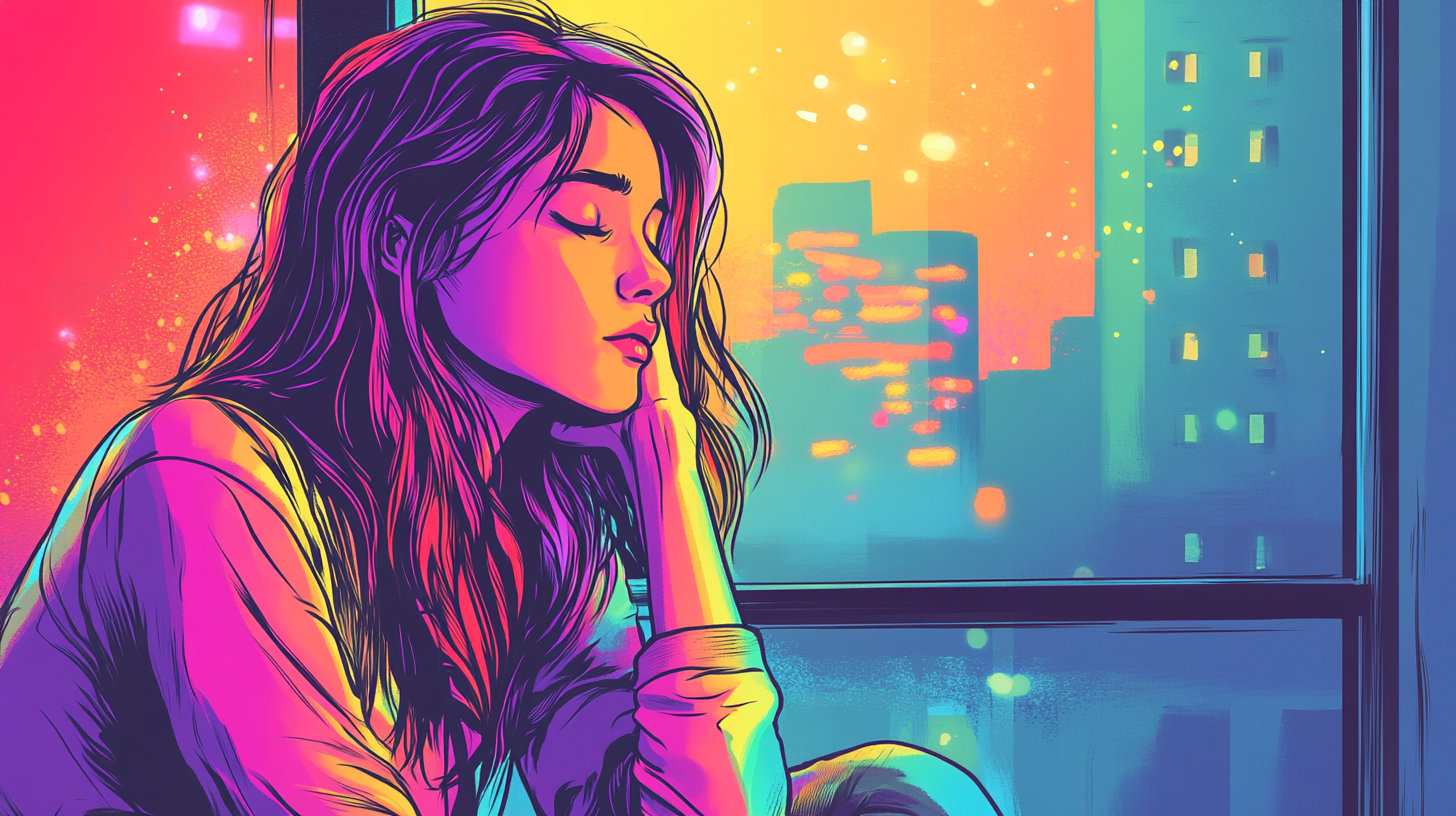
The difference between everyday anxiety and an anxiety disorder is like the difference between a drizzle and a monsoon. One is uncomfortable, the other can be life-altering. Everyone experiences anxiety. It helps us meet deadlines, study for exams, avoid reckless decisions. But when anxiety begins to interfere with daily functioning — when it takes the driver’s seat instead of riding shotgun — it may be something more.
An anxiety disorder is not just being "too worried" or "a bit nervous." It's a persistent, often irrational fear or dread that can dominate your thoughts, derail your day, and leave you feeling exhausted by battles no one else can see.
A Look at the Landscape: Types of Anxiety Disorders 🌄
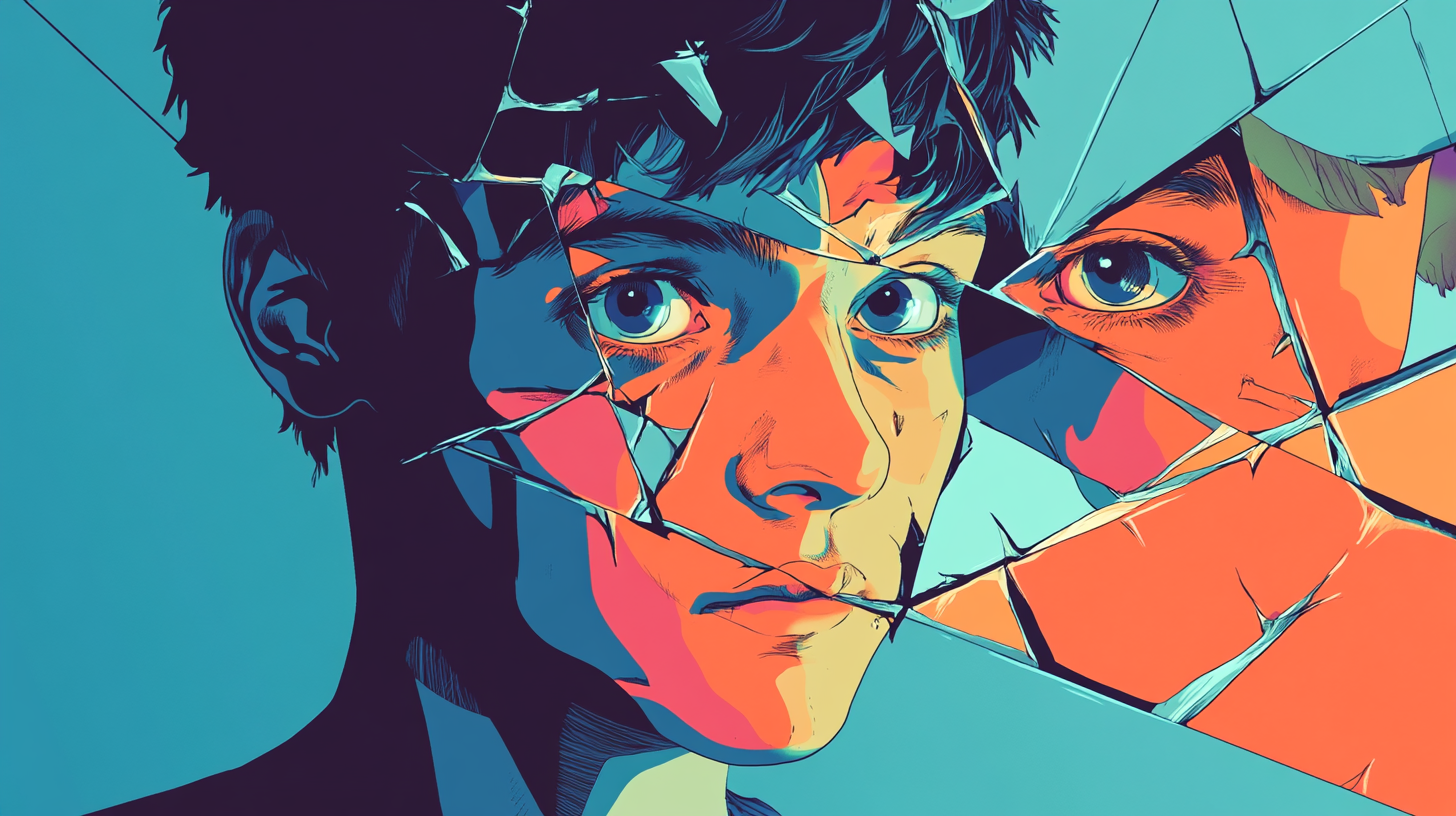
Anxiety disorders are not one-size-fits-all. They are a constellation of conditions, each with its own terrain, triggers, and textures.
- Generalized Anxiety Disorder (GAD) GAD is the slow-burning anxiety that doesn’t need a specific trigger. People with GAD worry about everything and nothing: health, finances, relationships, global catastrophes, the sound their car made that morning. The worry is excessive, hard to control, and often paired with physical symptoms like restlessness, fatigue, and muscle tension. (NIMH)
- Panic Disorder Imagine being hit by a tidal wave of terror with no clear source. That’s a panic attack — sudden, intense episodes of fear that come out of the blue. Symptoms can include chest pain, shortness of breath, dizziness, and a fear of dying or going crazy. When these attacks become frequent and feared, panic disorder is often diagnosed. (Mayo Clinic)
- Social Anxiety Disorder More than shyness, social anxiety disorder is a fear of being watched, judged, or humiliated in social settings. It can turn everyday interactions — meetings, phone calls, even eating in front of others — into daunting challenges. The inner monologue is often brutal, a constant critique of one’s perceived flaws and failures. (APA)
- Specific Phobias This is where anxiety becomes sharply focused. Whether it’s spiders, heights, flying, or injections, specific phobias cause intense fear about a particular object or situation. The fear is often disproportionate to the actual danger, but very real to the person experiencing it. (ADAA)
- Obsessive-Compulsive Disorder (OCD) Though no longer technically categorized under anxiety disorders in the DSM-5, OCD is deeply intertwined with anxiety. It involves intrusive, unwanted thoughts (obsessions) and repetitive behaviors (compulsions) performed to neutralize the anxiety these thoughts bring. Think: hand-washing rituals, checking locks repeatedly, mental counting. (NIMH)
- Post-Traumatic Stress Disorder (PTSD) Like OCD, PTSD now has its own category, but anxiety remains a key component. PTSD can develop after exposure to trauma and includes flashbacks, nightmares, and a constant state of hyperarousal. For many, the trauma lives on in the nervous system, replaying without permission. (NIMH)
The Common Thread: Symptoms Across the Spectrum 🤒
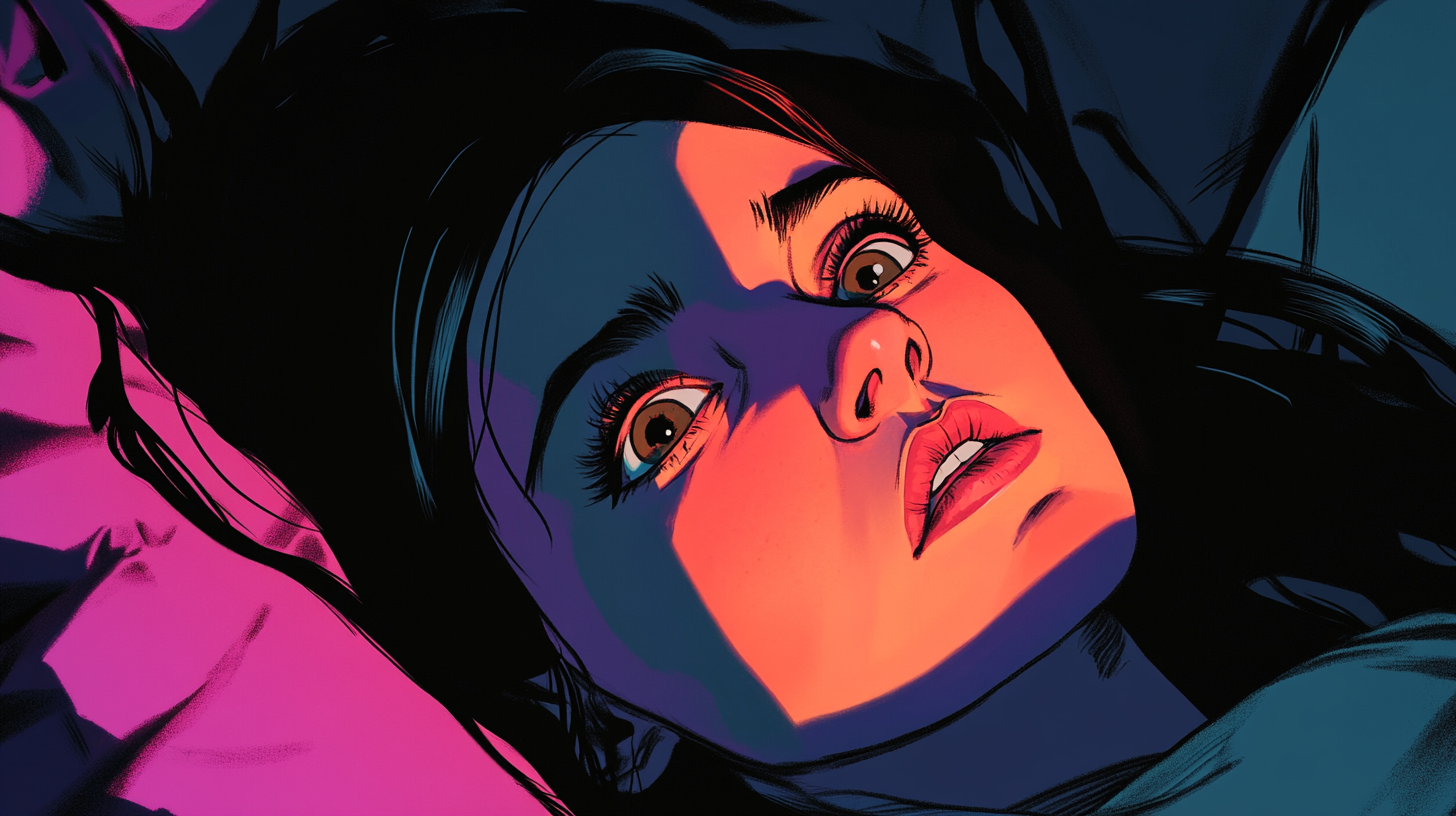
While each anxiety disorder has its own signature, there are shared brushstrokes:
- Excessive, persistent worry
- Sleep disturbances
- Irritability
- Muscle tension
- Fatigue
- Trouble concentrating
- Restlessness or feeling "on edge"
- Avoidance of anxiety-inducing situations
Anxiety isn’t just mental. It takes up residence in the body, manifesting as rapid heartbeat, stomach issues, sweating, or trembling hands. It can be hard to articulate, and even harder to prove. But its impact is very, very real. (Mayo Clinic)
Root Causes: Where Anxiety Comes From 📚

Anxiety is rarely born from a single source. It’s a tangled mix of genetics, brain chemistry, personality, and life experiences.
- Genetic factors: Anxiety can run in families, suggesting a heritable component.
- Neurobiology: Imbalances in neurotransmitters like serotonin and dopamine may play a role.
- Personality traits: Those who are more sensitive, perfectionistic, or prone to overthinking may be more vulnerable.
- Trauma and stress: Past abuse, neglect, or significant life changes can lay the groundwork.
- Environmental stressors: Chronic stress at work, financial instability, or a toxic relationship can tip the balance.
It’s also worth noting that anxiety often coexists with other mental health conditions like depression, creating a complex puzzle that’s hard to untangle.
Diagnosing Anxiety: When Worry Becomes a Clinical Concern 👨⚕️
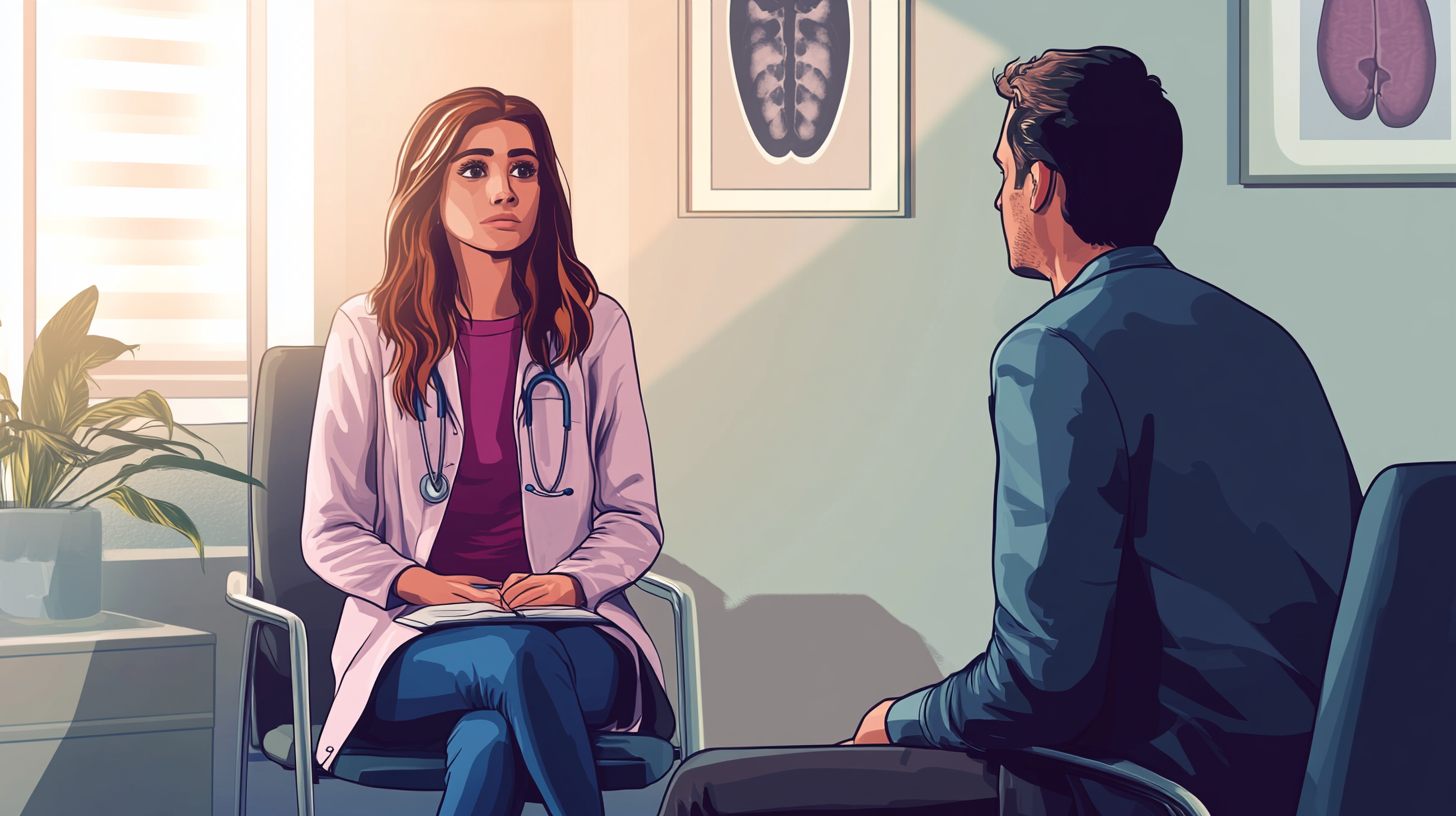
The Diagnostic and Statistical Manual of Mental Disorders (DSM-5) lays out specific criteria for each anxiety disorder. Mental health professionals use tools like clinical interviews, questionnaires, and behavioral assessments to determine whether someone meets the threshold. (APA)
For a diagnosis, symptoms must:
- Persist for at least several months
- Cause significant distress or impairment
- Not be better explained by another medical or psychiatric condition
It’s a process that requires nuance. Many people go years before realizing that their way of coping isn’t just "how they are" — it’s a disorder that can be treated.
Finding a Way Through: Treatment Options 💆
The good news? Anxiety disorders are highly treatable. What works best varies from person to person, but the toolbox is rich and growing.
- Cognitive Behavioral Therapy (CBT): One of the most evidence-based treatments, CBT helps people identify distorted thinking patterns and replace them with more balanced ones. Exposure therapy (a subset of CBT) is especially effective for phobias and PTSD.
- Medication: SSRIs (selective serotonin reuptake inhibitors) and SNRIs are commonly prescribed for anxiety. Benzodiazepines can be used short-term for acute anxiety, though they carry a risk of dependence.
- Lifestyle Changes: Regular exercise, sleep hygiene, limiting caffeine, and mindfulness practices can all reduce anxiety levels.
- Alternative Therapies: From acupuncture to herbal supplements like ashwagandha, many people explore complementary approaches with guidance from a professional.
When it comes to treating anxiety there are many pathways you can take. The goal is to find what works for you. What lowers the noise in your head? It might be gaming, going for a walk, or talking to someone. If it works for you, it works for you. But the above steps can help kickstart that journey.
Rewriting the Narrative: Destigmatizing Anxiety Disorders 📝

We don’t talk about anxiety the way we talk about high blood pressure or broken bones. Yet, it is just as deserving of empathy, attention, and care. One in five adults in the U.S. lives with an anxiety disorder. That’s millions of people navigating invisible storms. (NIMH)
Anxiety doesn’t mean weakness. It means your nervous system is a little too good at its job. It means you’re human, perhaps deeply so. And while anxiety may be part of your story, it doesn’t have to be the ending.
Whether you’re newly curious or quietly struggling, let this be your reminder: there is help, and there is hope. You are not alone. And you are not broken. Just wired a little differently — and that, too, can be beautiful.
I’m building a little mini-course that helps you learn how to work with your anxiety directly. If you’re interested, sign up for my newsletter to learn more.
Further Reading
📚 Great sources to learn more:
- National Institute of Mental Health (NIMH)
- Diagnostic and Statistical Manual of Mental Disorders, Fifth Edition (DSM-5)
- The standard classification used by mental health professionals for diagnosis.
- American Psychological Association (APA)
- Mayo Clinic
- Anxiety & Depression Association of America (ADAA)
- Mental Health America (MHA)
- National Health Service (NHS UK)
🧠 Research & Data References:
- Kessler RC, et al. (2005). Lifetime prevalence and age-of-onset distributions of DSM-IV disorders in the National Comorbidity Survey Replication (NCS-R).
- Provided prevalence stats and early-onset data.
- Bandelow B, Michaelis S. (2015). Epidemiology of anxiety disorders in the 21st century. Dialogues in Clinical Neuroscience.

